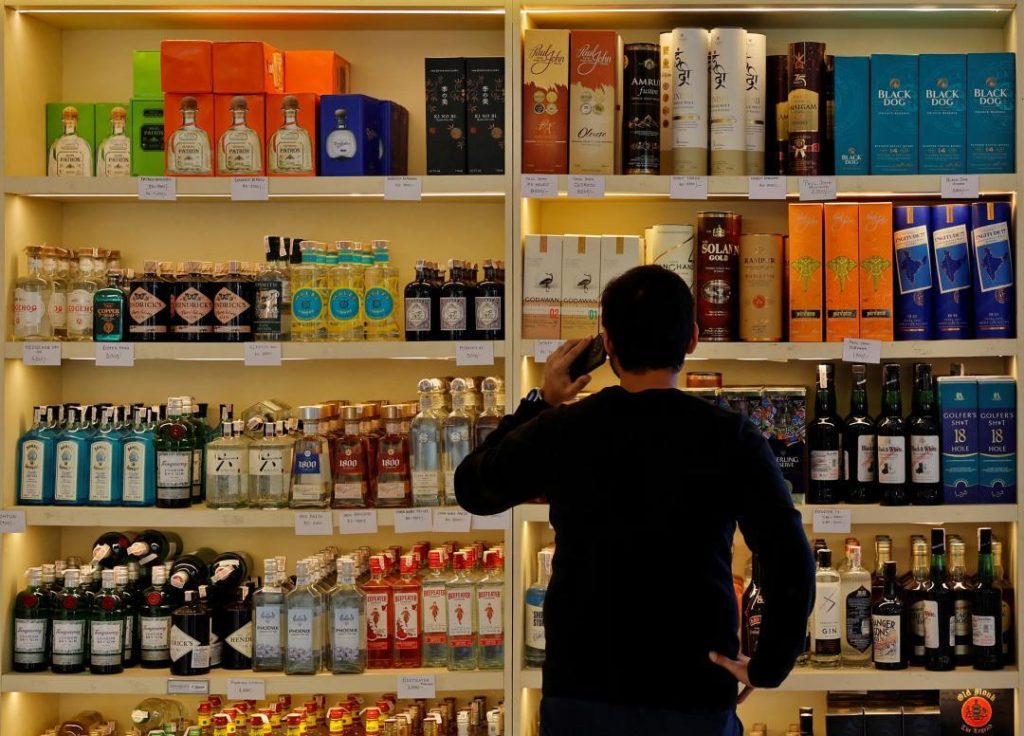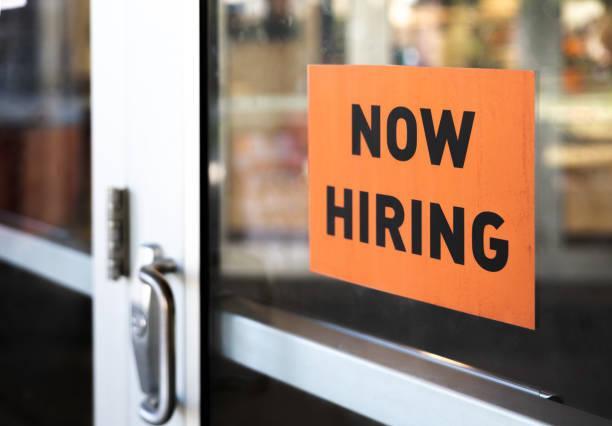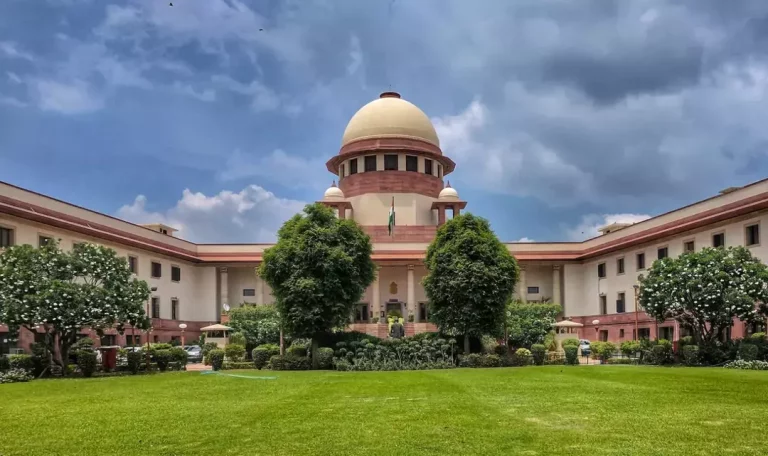
What is expected to get cheaper as India & UK conclude Free Trade Agreement?
The recent signing of the India-UK Free Trade Agreement (FTA) has sent waves of excitement across the business and consumer communities in both countries. The agreement, which was signed on October 24, 2021, aims to reduce tariffs, simplify trade procedures, and increase economic cooperation between the two nations. In this blog post, we will explore what is expected to get cheaper as a result of this historic agreement.
One of the most significant benefits of the FTA is the reduction in tariffs on distilled spirits. Gin and whisky, which currently face a tariff of 150%, will see their tariffs halved to 75%. This means that UK-imported spirits will become cheaper and more accessible to Indian consumers. For distilleries, this reduction in tariffs will provide a much-needed boost to their exports, as they will be able to sell their products at a lower cost.
Another significant area of tariff reduction is the automotive sector. The agreement will see tariffs on UK-imported vehicles cut from 100% to 10%. This will make British cars and vans more competitive in the Indian market, which is expected to be a significant boon for the UK automotive industry. With lower tariffs, British car manufacturers will be able to increase their exports to India, creating new job opportunities and stimulating economic growth.
But the benefits of the FTA don’t stop there. Other UK goods that will face lower tariffs include cosmetics, chocolates, soft drinks, electrical machinery, and biscuits. These products will become cheaper and more widely available in India, making them more competitive in the market.
Cosmetics, for example, will see tariffs reduced from 20% to 7.5%. This will make UK-made cosmetics, such as skincare products and fragrances, cheaper and more attractive to Indian consumers. The reduction in tariffs will also provide a boost to Indian cosmetics companies, which will be able to import raw materials and components from the UK at a lower cost.
Chocolates, which are a popular treat in India, will also benefit from the FTA. Tariffs will be reduced from 30% to 10%, making UK-made chocolates cheaper and more widely available in Indian stores. This will be a welcome boost to the UK chocolate industry, which has been struggling in recent years.
Soft drinks, including popular brands such as Coca-Cola and Pepsi, will also see tariffs reduced. The reduction in tariffs will make these drinks cheaper and more competitive in the Indian market, where they are already extremely popular.
Electrical machinery, including items such as computers and televisions, will also benefit from the FTA. Tariffs will be reduced from 15% to 5%, making UK-made electrical goods cheaper and more attractive to Indian consumers.
Finally, biscuits, which are a staple in Indian households, will see tariffs reduced from 30% to 10%. This will make UK-made biscuits, such as McVitie’s and Cadbury, cheaper and more widely available in Indian stores.
So, what does this mean for Indian consumers? In short, it means that they can expect to pay lower prices for a range of UK-made goods, from spirits and cosmetics to chocolates and biscuits. This will make these products more competitive in the Indian market, where they will be able to compete more effectively with local products.
For British businesses, the FTA presents a significant opportunity to increase their exports to India and tap into the country’s growing middle class. With lower tariffs, British companies will be able to sell their products at a lower cost, making them more competitive in the Indian market.
In conclusion, the India-UK Free Trade Agreement is a significant development for both countries. The reduction in tariffs on a range of goods, from spirits and cosmetics to automobiles and biscuits, will make these products cheaper and more widely available in India. For Indian consumers, this means lower prices and greater choice. For British businesses, it presents a significant opportunity to increase their exports and tap into the growing Indian market.
Source:






